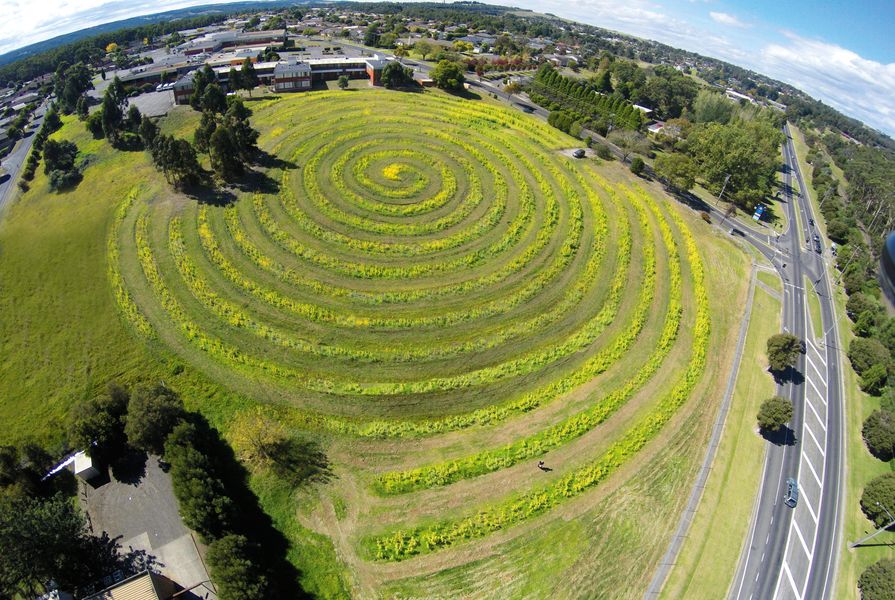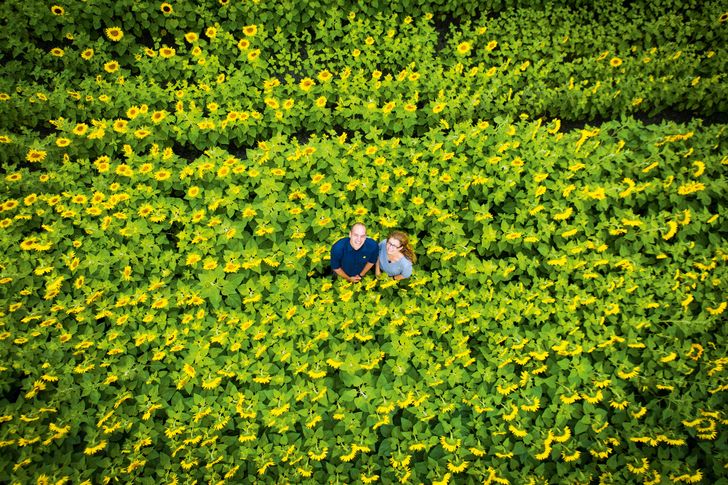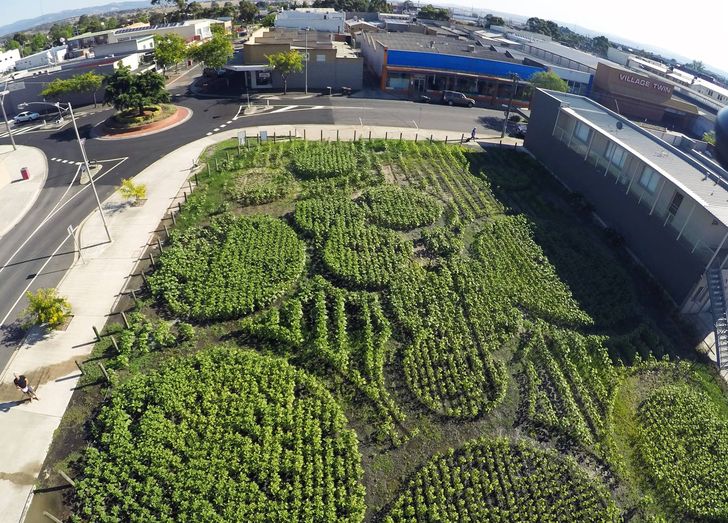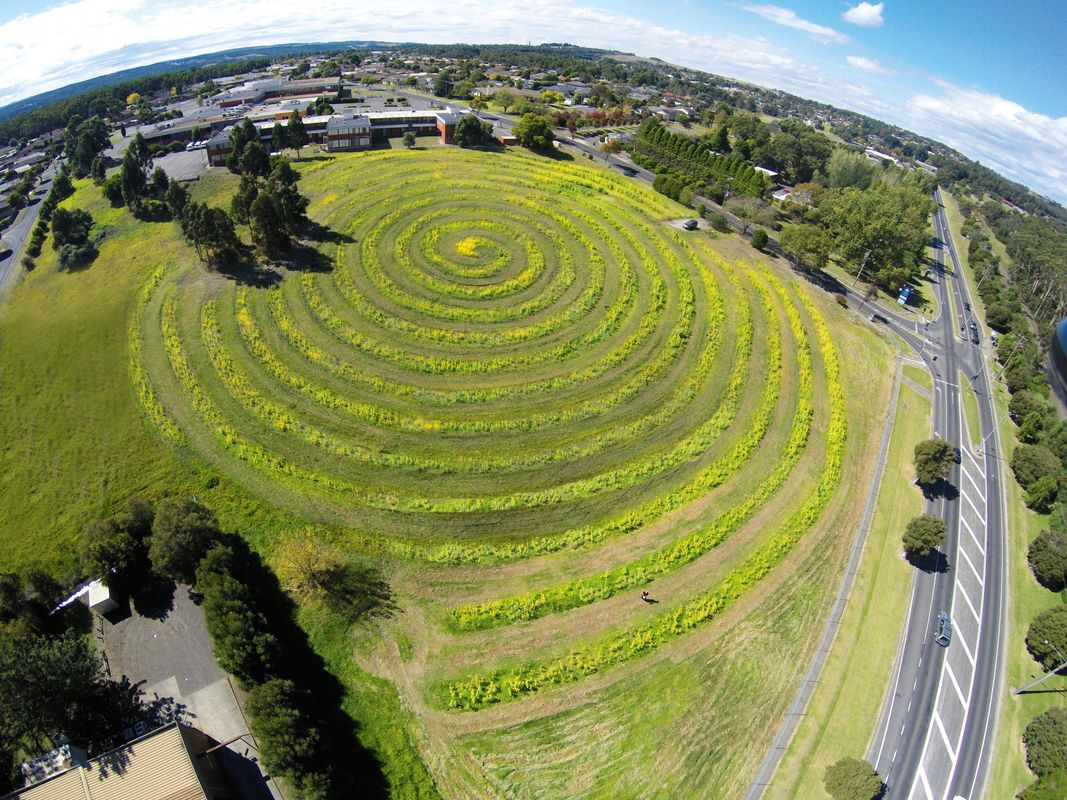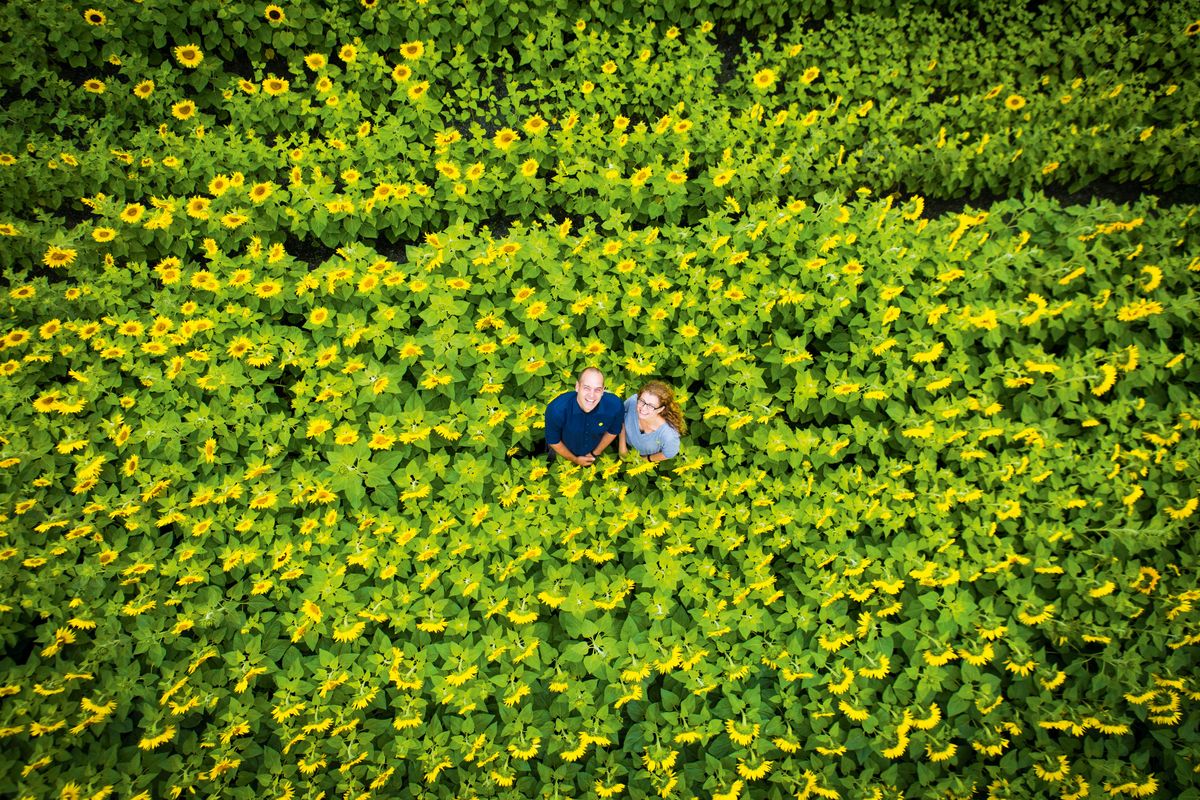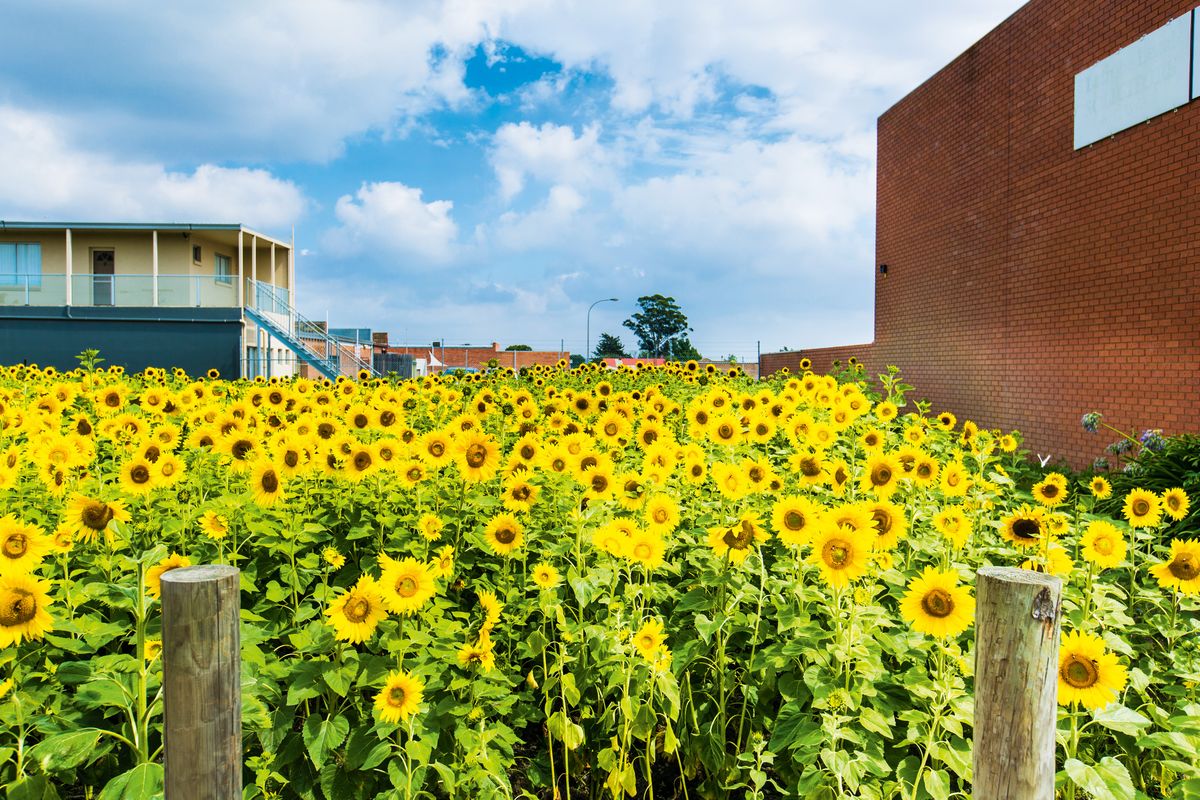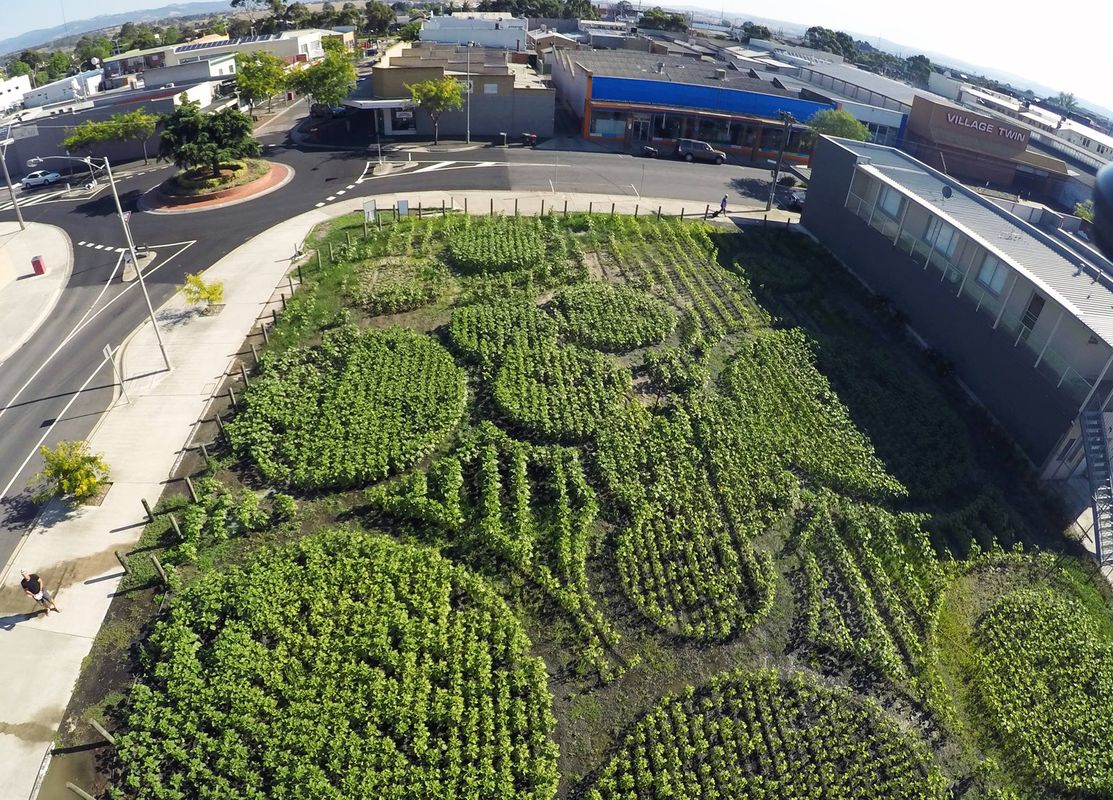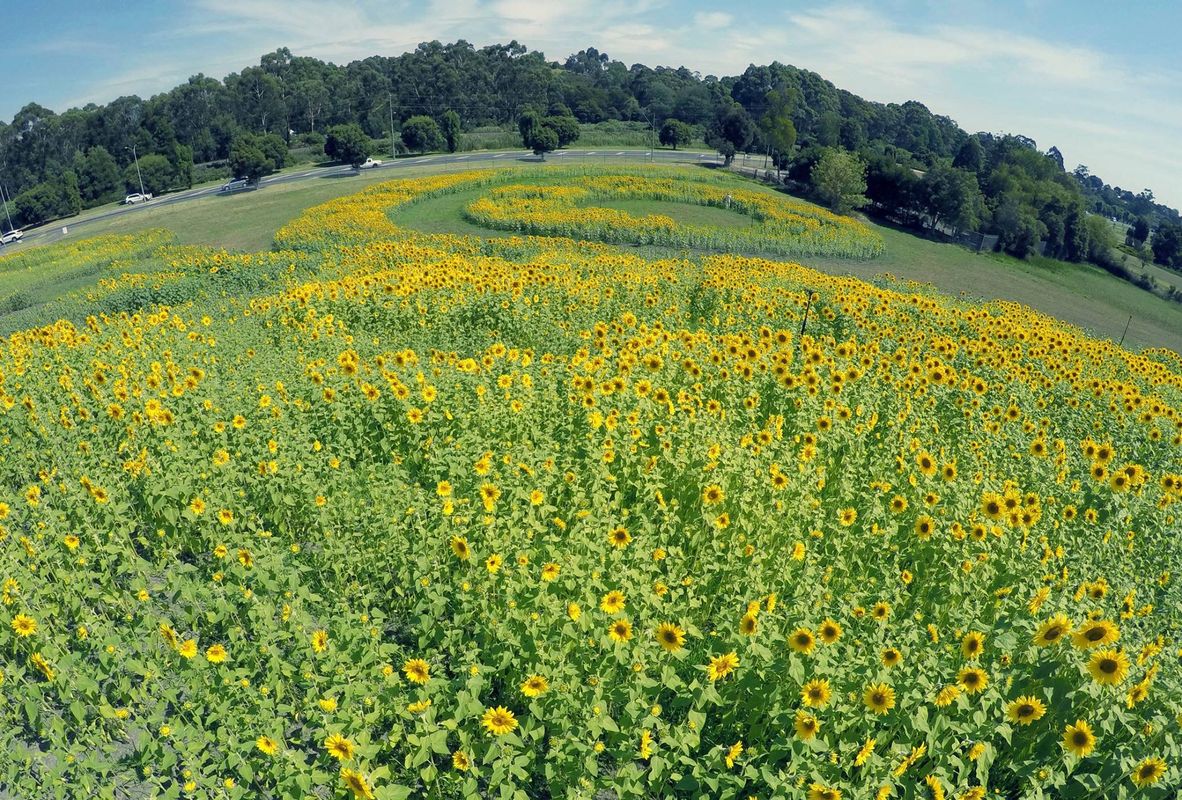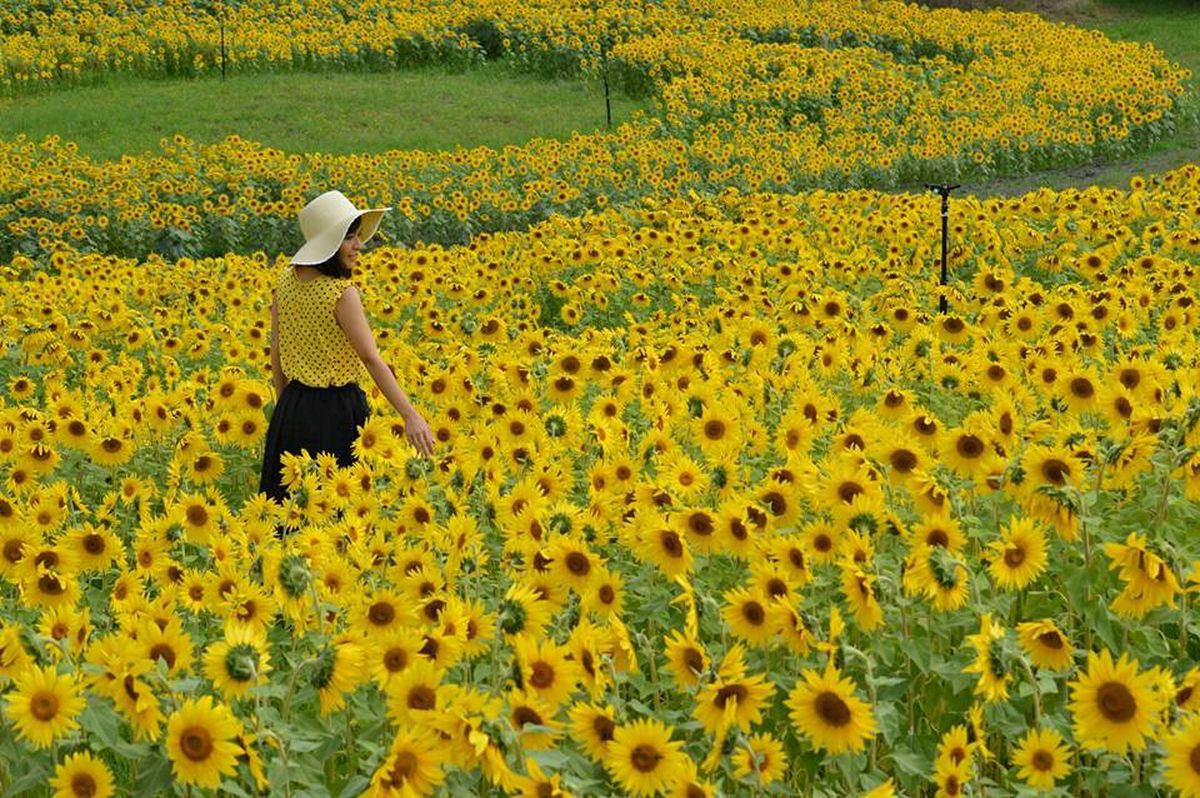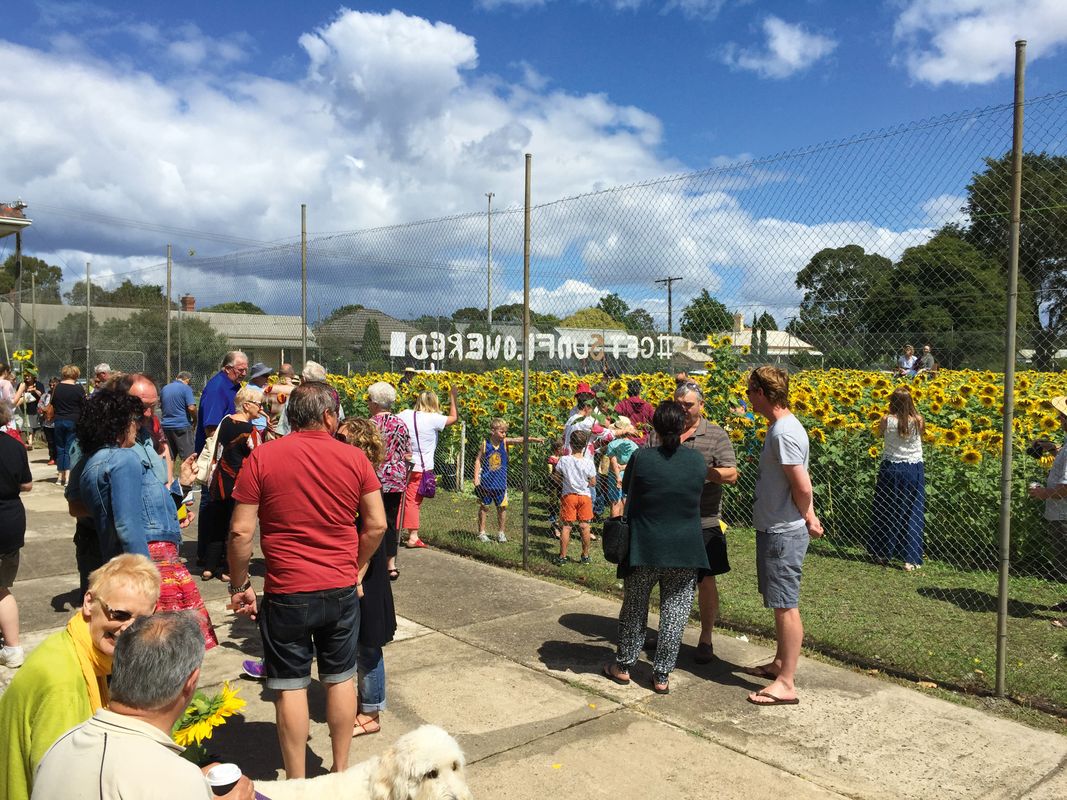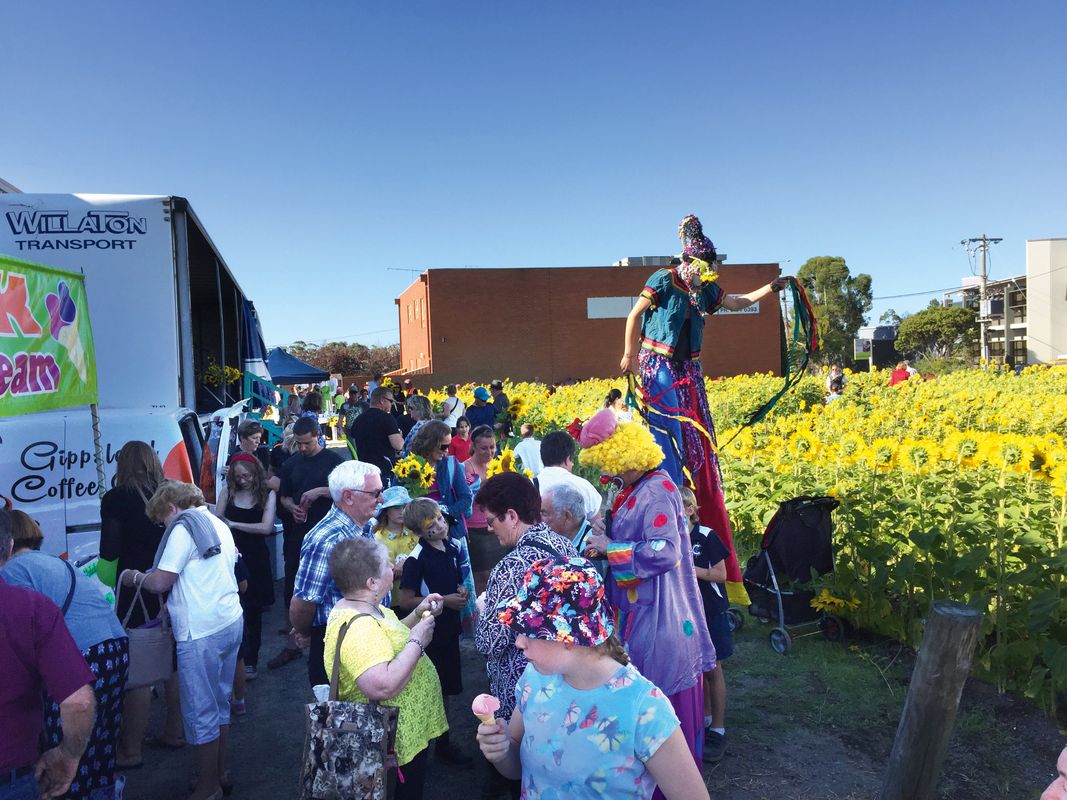While links between physical health and wellbeing and the built environment are now well understood and embedded in urban policy, factors affecting mental wellbeing and their relevance to urban policy and city-making endeavours are a little fuzzier.
Charles Montgomery, a well-known proponent of the emerging urban happiness movement, maintains that “there is no more crucial ingredient for human happiness than strong, positive social connections. Connected communities are happier, more resilient in hard times and better equipped to handle economic challenges.”1
Insofar as Victoria’s Latrobe Valley has a (self) image problem, it presents an interesting territory for the exploration of the concept of urban happiness and collective wellbeing. While it was once a region that took pride in powering the state of Victoria through its electricity generation, successive changes in state and federal politics from the early 1990s have led to a progressive loss of positive image and identity. First the privatization of the State Electricity Commission saw a disconnect between industry and its local social conscience. Then subsequent council amalgamations caused a blurring of the distinctive identities of local townships. Recent shifting goalposts relating to national energy policy have further fuelled a disenfranchised community that largely sees change as negative, externally driven and ultimately beyond its control. The Hazelwood coalmine fire in February 2014, which saw a literal lingering dark cloud on the horizon, has put the area’s health and wellbeing in the spotlight and on the policy agenda.
OUTR directors Craig Douglas and Rosalea Monacella pose for a photo at the former service station site in Morwell.
Image: RMIT University
It is within this context of change that the Get Sunflowered project by RMIT University’s Office of Urban Transformations Research (OUTR) offers an un- ashamedly happy intervention. As part of the broader Transitioning Cities: ReActivate Latrobe Valley initiative, 100,000 sunflower seeds were planted on five vacant sites across the urban centres of Moe, Morwell and Traralgon in the spring of 2014. The project culminated in autumn 2015 with a series of garden parties within the networked patches of bright yellow blooms, which were harvested and given away to participants.
In Traralgon, the plantings occupied a disused tennis court adjacent a previously underused Victorian Railways Institute hall. The first of the garden parties, with a tennis theme, was used as a platform for the reopening of the renovated hall and its grounds for community use under new management by the Traralgon Neighbourhood Learning House. The sea of sunflower heads served as a secondary backdrop, framed by generous windows located stage left, to performances within the community hall. Restored umpire chairs at head height provided mini outdoor stages for impromptu performance and photo opportunities.
In Morwell, plantings occupied a former service station site adjacent Latrobe Community Health, at an intersection within the town centre. A diagonal linear void (beeline) through the site invited walkers to take both a shortcut and time to stop and literally smell the flowers. The garden party accommodated a long seated lunch co-hosted by Lifeline Gippsland, which began regional operations nearby in the late 1960s. One of the site’s internal built edges was adapted to incorporate a performance stage elevated to flower-head height, almost rendering the flowers active audience members. Smaller outcrops of sunflowers appeared within the forecourts of Latrobe City Council headquarters and the Latrobe Regional Gallery, subtly linking the administrative functions of the town centre across areas of health, art and planning.
In 2015 OUTR collaborated with several local and international firms to produce planting designs. This one is by Boston-based landscape architecture practice Stoss.
Image: Craig Douglas
The largest and arguably the most “designed” of the plantings took the form of a 2.4-kilometre-long spiral occupying the site of the former Moe public hospital. The site’s inclined landform was used for maximum visual impact for passing cars and trains. From within the site, the maze-like quality of the spiral served as the basis for a children’s Easter egg hunt as part of its garden party picnic event.
The idea for the use of sunflowers was inspired by a 2014 art installation in North Melbourne by Ben Morieson, who came onto the Get Sunflowered project as an adviser and collaborator. Beyond their similarities in technical requirements and visual outcomes, the two projects are distinctly different. Within the context of the arts, the Get Sunflowered project is firmly rooted in community cultural development practice: its focus is on the engagement of locals in the production of the spaces rather than mere visual consumption. In this regard the sunflowers, with their bold colour and symbolism, served as a tactical device deployed within a strategically designed framework for longer-term change: the core message being that the community can transform its own city and that a positive outlook is central to this endeavour.
Vital to the project’s delivery and success was the recruitment of one hundred and fifty local volunteers who were engaged across all stages of the project, from planting, maintaining and event hosting to site clearing. A well-considered social media campaign supported by simple and positive project branding was instrumental to the recruitment process, high attendance rates at hosted events and, perhaps most importantly, the community’s sustained positive and largely self-regulated discussion about their city. It is within this dialogue that the roots of improved collective wellbeing can be found.
What elevates the project above a mere feel-good exercise is its role in a broader suite of initiatives within OUTR’s ambitious ReActivate Latrobe Valley program, which is expected to be carried out over five years. The ultimate success of the project(s) will rest on their directors’ ability to design in their own redundancy within that timeframe. With a second year of Get Sunflowered recently delivered on the back of a positive community mood and willingness to act, the future is looking bright.
1. Charles Montgomery, “Building Happiness” in Connected Worlds (Liverpool: British Telecom, 2014).
Credits
- Project
- Get Sunflowered
- Practice
-
Office of Urban Transformations Research (OUTR), School of Architecture and Design, RMIT University
- Project Team
- Rosalea Monacella, Craig Douglas, Greg Afflick, Farah Dakkak, Lynton Azlin, Tech Ooi, Jane Darling
- Consultants
-
Event partners
Latrobe City Council, Regional Development Victoria, Gippsland Water, Suleman Group, Gibsons Groundspread, Gary Lee Sprinklers Gippsland, Outdoor Cameras Australia, Nuseed, Copsley Ornamentals, The Diggers Club, CanDo Hire, Paper Dolls,, Traralgon Neighbourhood Learning House, RMIT University, Strzelecki Stringbusters, Electric Promotions, Stafeg
Project collaborator Ben Morieson
- Site Details
- Project Details
-
Status
Built
Completion date 2015
Category Landscape / urban
Type Outdoor / gardens
Source
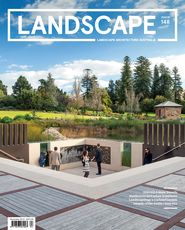
Review
Published online: 3 May 2016
Words:
David Bullpit
Images:
Andy Nguyen,
Craig Douglas,
RMIT University
Issue
Landscape Architecture Australia, November 2015

